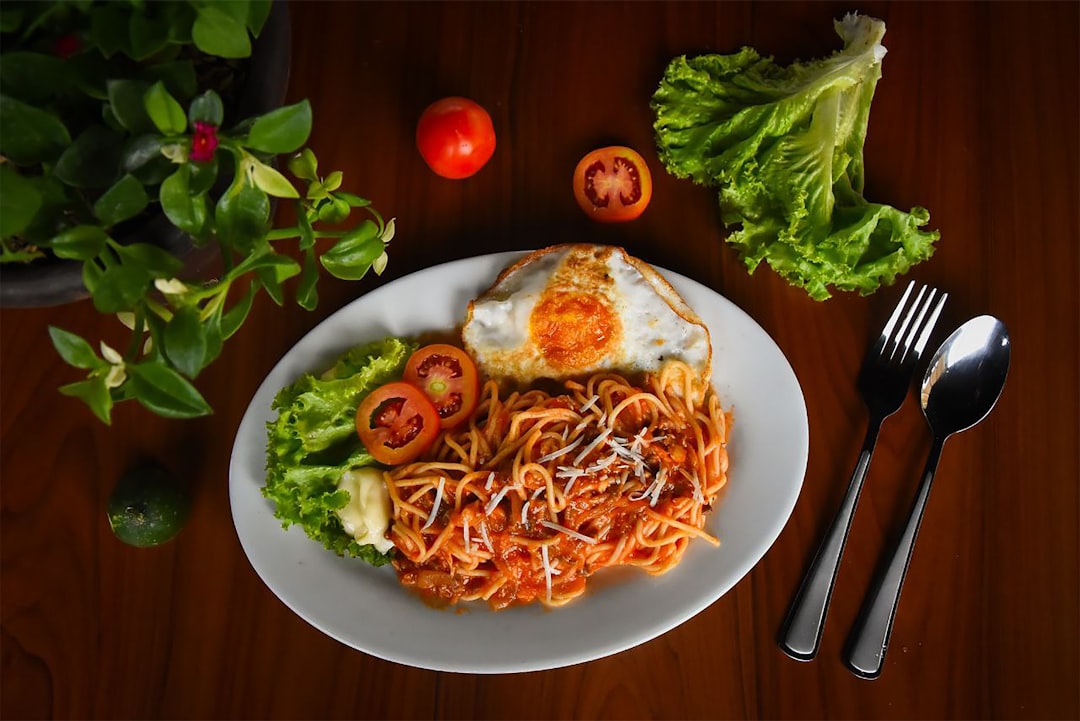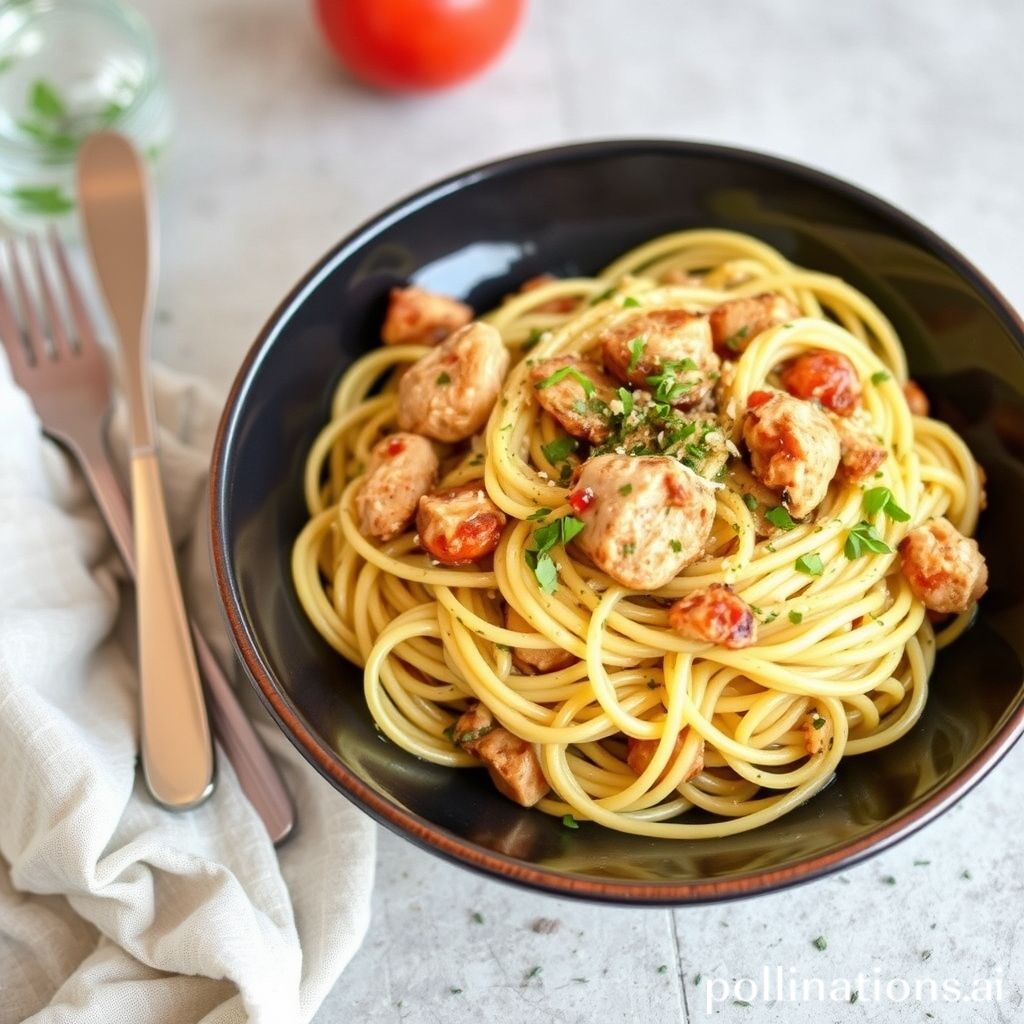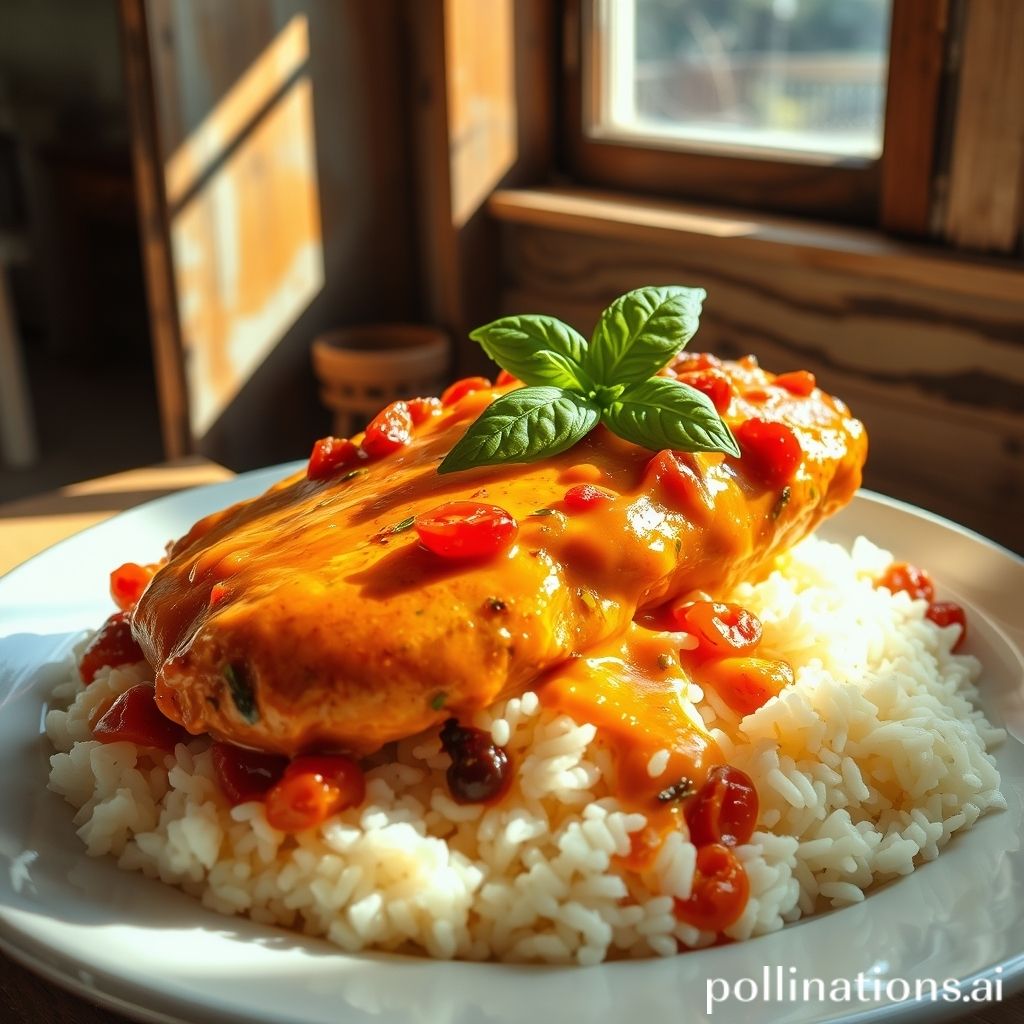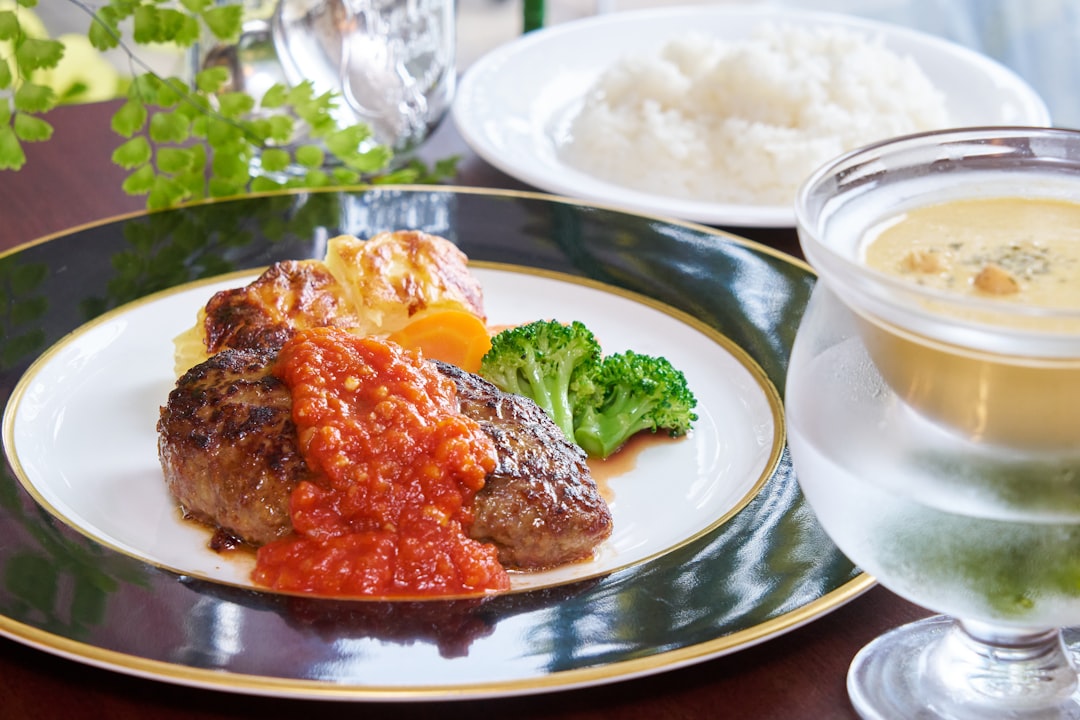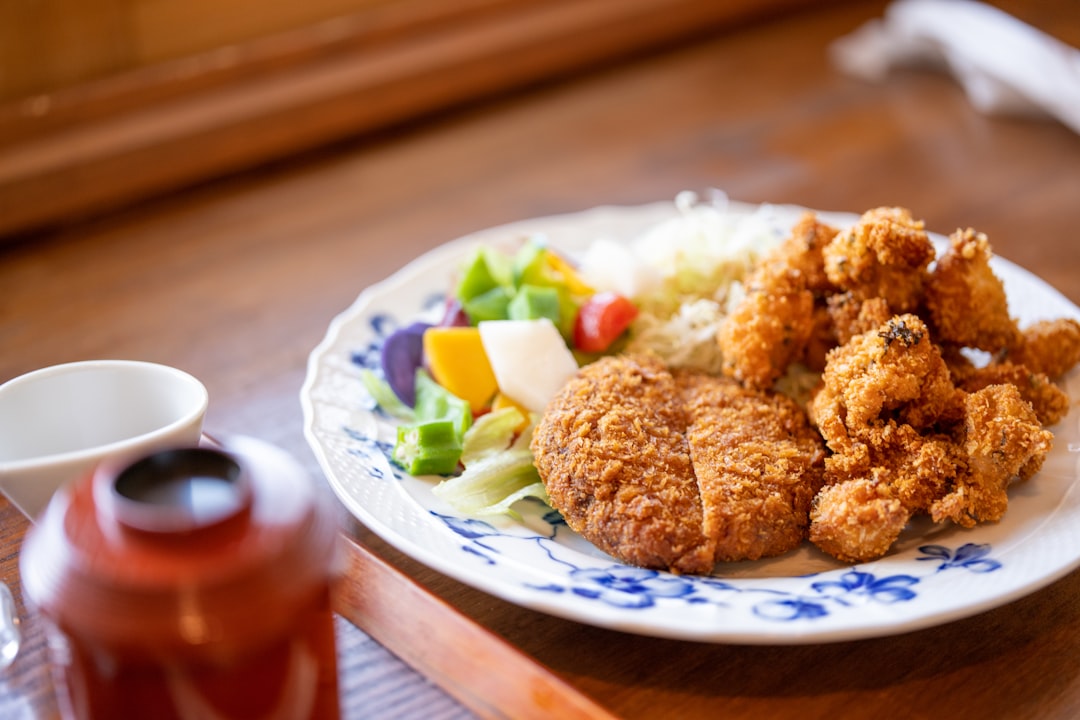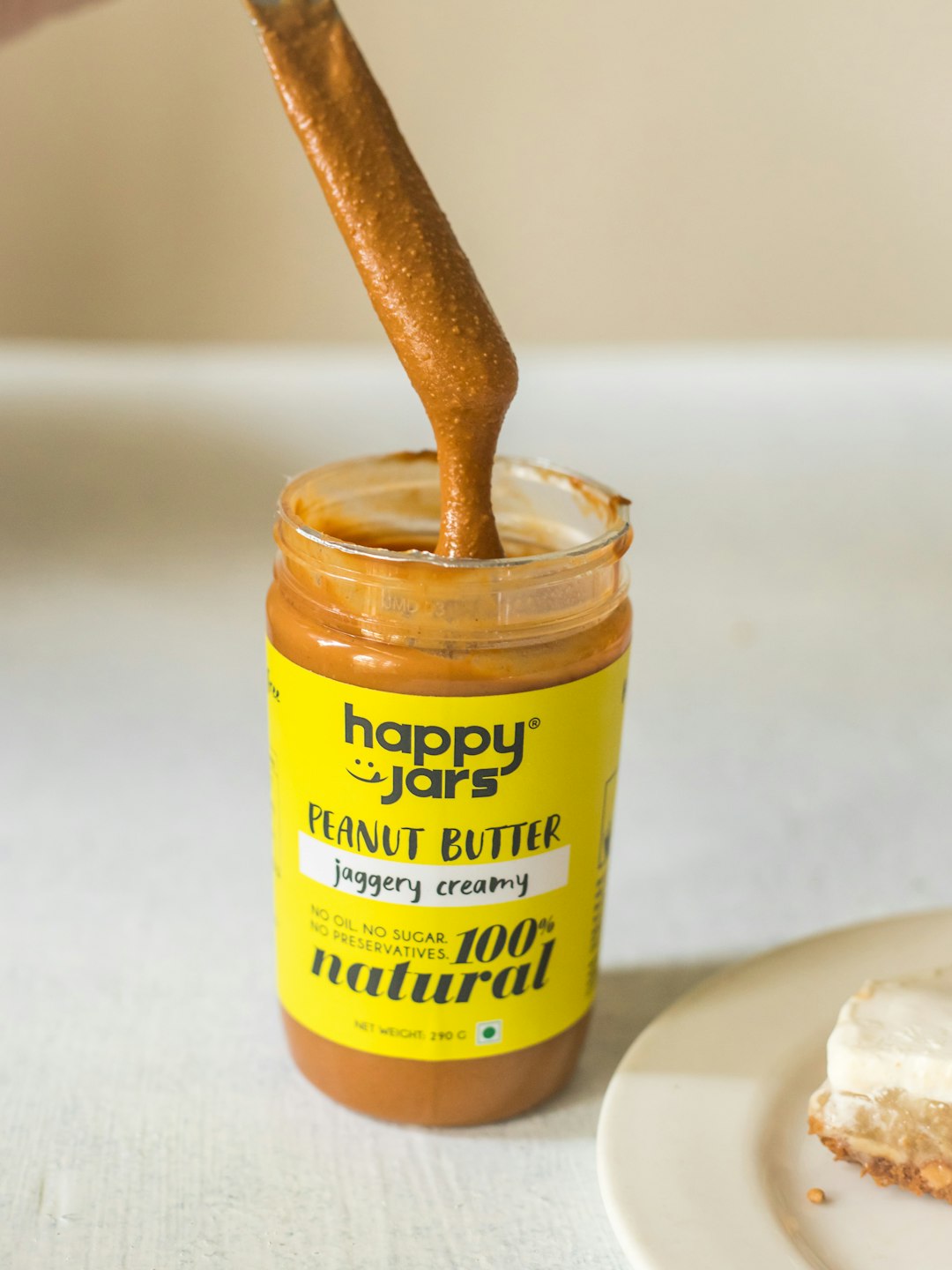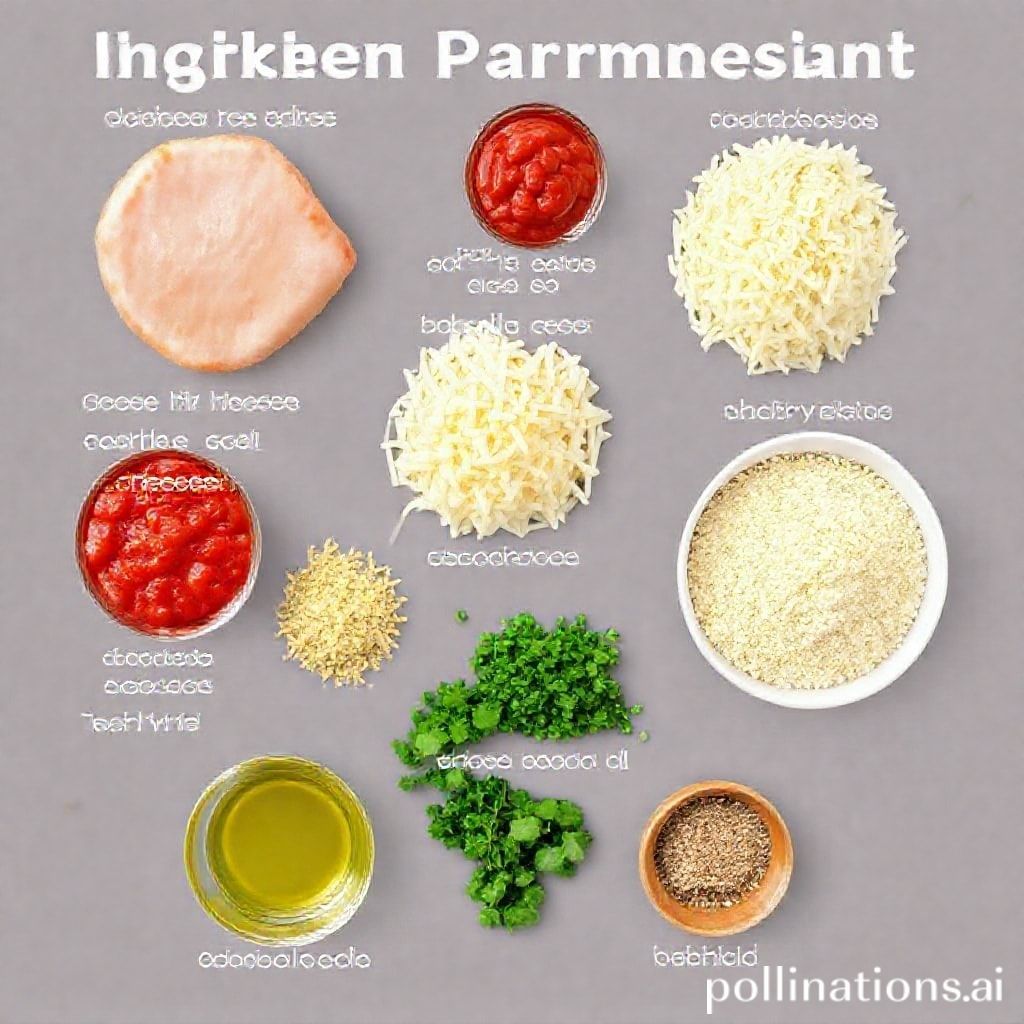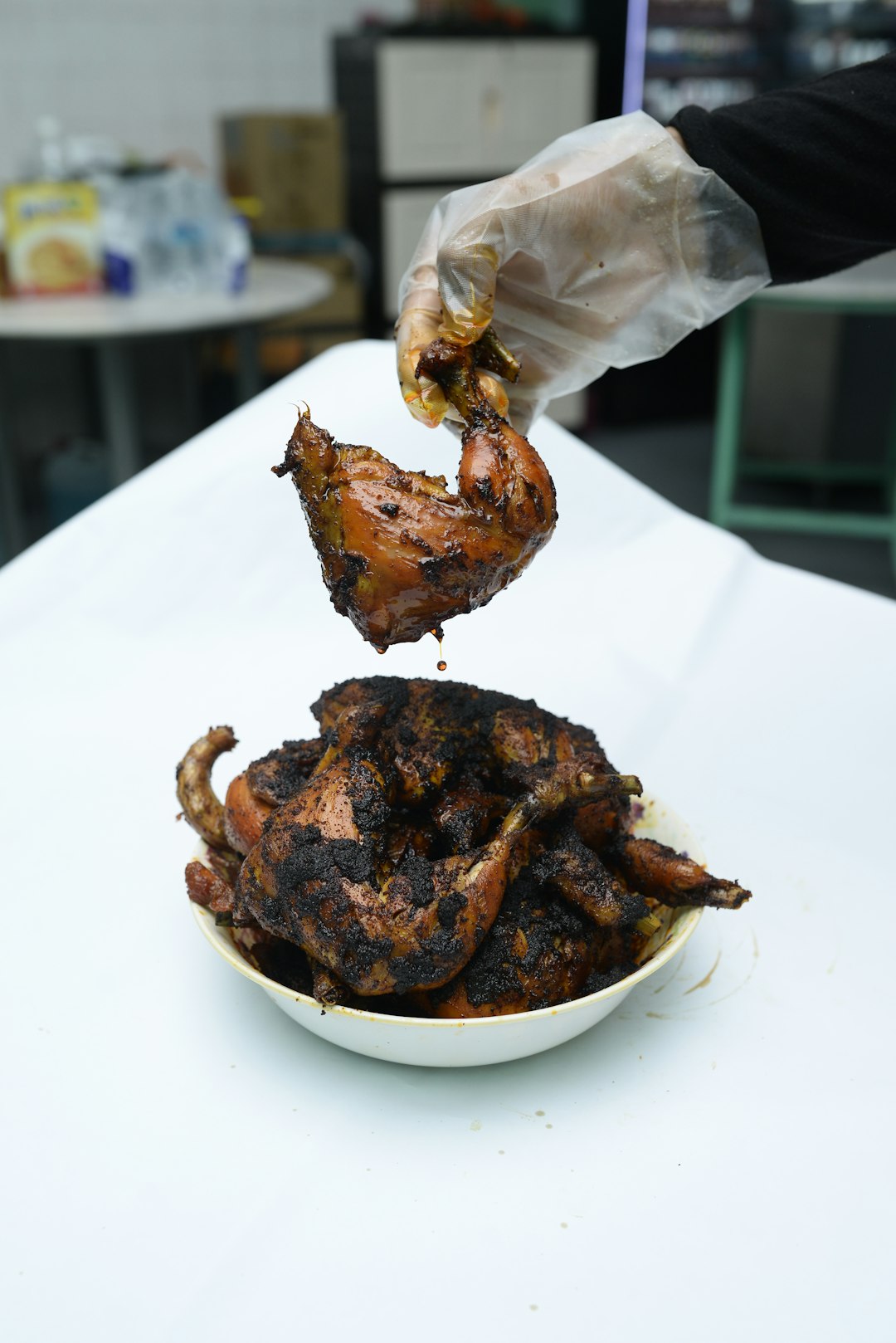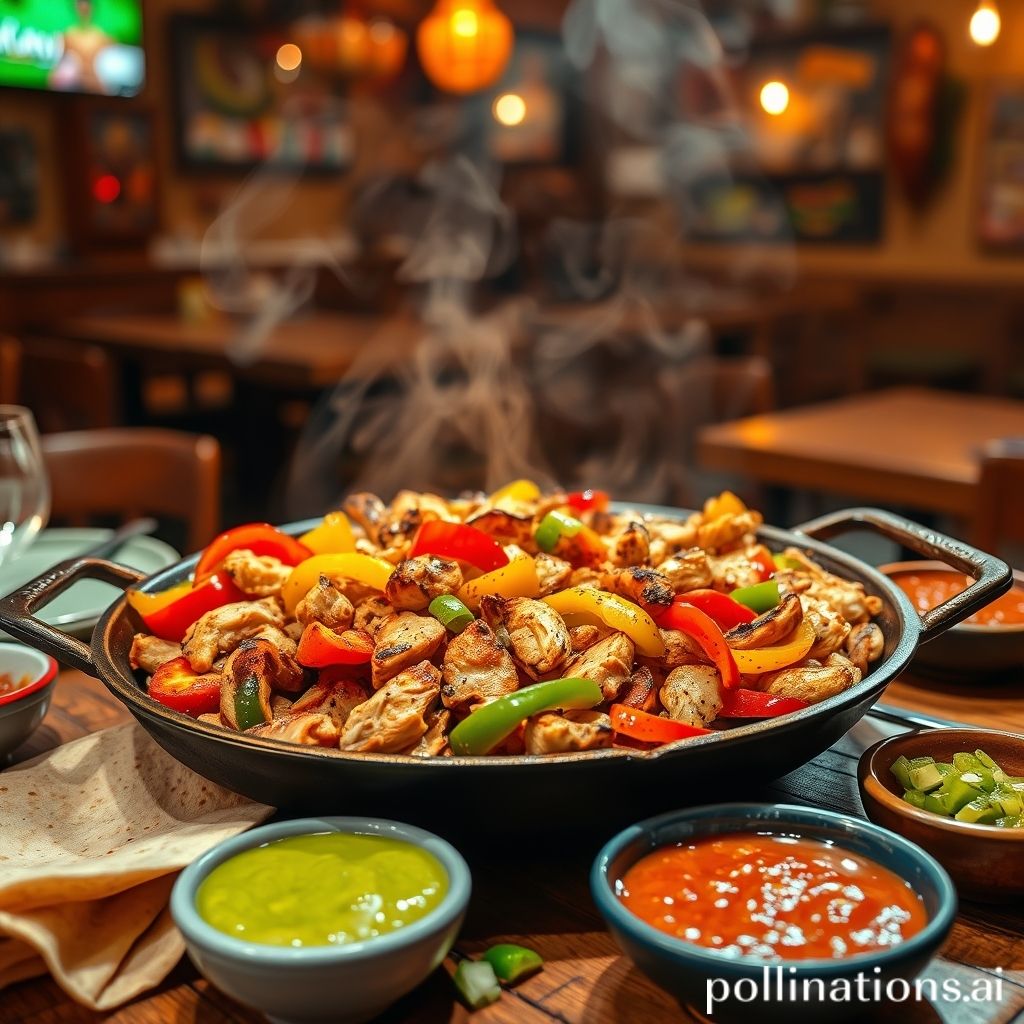Table of Contents
- Introduction
- Choosing the right chicken tenders for the recipe
- Preparing the spicy buffalo sauce
- Coating the chicken tenders with crispy breadcrumbs
- Baking techniques to achieve that perfect crunch
- Serving suggestions and complementary side dishes
- Nutritional benefits and considerations
- Popular variations and recipe adaptations
- Tips for storing and reheating leftovers
- Conclusion
- Frequently Asked Questions
Introduction
Prepare to elevate your dinner game with our Crispy Baked Buffalo Chicken Tenders! Imagine savoring juicy chicken that’s perfectly coated in a spicy, tantalizing buffalo sauce, all wrapped in a delightfully crispy crust that’s baked to perfection. Our recipe for Buffalo Chicken Tenders combines the irresistible flavors of hot sauce, garlic, and a hint of smokiness, to bring you a dish that’s as easy to prepare as it is delicious. Whether you’re hosting a party or simply indulging in a cozy meal at home, these tenders are sure to impress.
With just a handful of ingredients, you can create a dish that’s big on flavor and short on fuss. Transform ordinary chicken tenders into a mouthwatering delight that’s crispy on the outside and tender on the inside. You’ll need chicken tenders, buffalo sauce, panko breadcrumbs, garlic powder, and a touch of olive oil to bring this creation to life. Gather these ingredients and let’s get ready to embark on a culinary adventure that promises to leave taste buds tingling and requests for seconds.
Choosing the right chicken tenders for the recipe
Choosing the right chicken tenders for making crispy baked buffalo chicken tenders is crucial to achieving the perfect texture and taste. The ideal choice is fresh, boneless, skinless chicken breasts, as they provide a healthy and lean protein option that complements the spicy buffalo sauce. When selecting chicken tenders, look for pieces that are uniform in size to ensure even cooking. This consistency helps to achieve a balanced texture with a crispy exterior and juicy interior.
While fresh chicken tends to offer the best flavor, you can also opt for frozen chicken tenders. If using frozen, ensure they are fully thawed before starting the cooking process. Proper thawing is essential for even cooking and prevents a soggy outcome. It’s also important to pat the chicken tenders dry with paper towels before applying any seasoning or coating. This step helps the breading adhere better and results in crispier tenders.
Moreover, consider organic or free-range chicken as an option for those who prioritize ethically sourced ingredients. These types usually have a firmer texture and richer taste, which can enhance the overall quality of your buffalo chicken tenders. Ultimately, the right chicken tenders are foundational to crafting a delicious and satisfying dish.
Preparing the spicy buffalo sauce
Preparing the spicy buffalo sauce is an essential step in making crispy baked buffalo chicken tenders. This tangy and spicy sauce is what gives the chicken its signature flavor. To start, you’ll need to gather your ingredients: hot sauce, unsalted butter, garlic powder, and a touch of honey for a hint of sweetness.
Begin by melting the butter in a saucepan over low heat. Once melted, add in the hot sauce, stirring consistently to combine. The typical ratio is equal parts of butter and hot sauce, but you can adjust it to suit your taste preference—more hot sauce for an extra kick, or more butter for a milder taste. Sprinkle in the garlic powder and add honey to balance the heat with a subtle sweetness.
Continuously stir the mixture over low heat until it is well combined and smooth. Make sure not to let it boil, as this could cause separation. Once the sauce is ready, it’s perfect for tossing with your freshly baked chicken tenders, ensuring they’re fully coated with that irresistible buffalo flavor.
Coating the chicken tenders with crispy breadcrumbs
Creating the perfect coating for your buffalo chicken tenders begins with choosing the right breadcrumbs. Opt for panko breadcrumbs, which are lighter and larger than traditional breadcrumbs, providing that highly sought-after crispy texture. To start, set up a breading station with three separate dishes. In the first dish, place flour seasoned with salt, pepper, and a touch of garlic powder. In the second, beat a few eggs, adding a splash of milk to create an egg wash. Finally, in the third dish, add the panko breadcrumbs, mixing in some smoked paprika and dried herbs like parsley or oregano for extra flavor.
Begin the coating process by dredging each chicken tender in the seasoned flour, ensuring it’s fully coated. This step creates a dry surface for the egg wash to adhere to. Next, dip the floured chicken into the egg wash, allowing any excess to drip off before moving to the breadcrumb mix. Press each tender firmly into the breadcrumbs, ensuring an even coat on all sides. The pressure from pressing helps the panko adhere, guaranteeing a uniform crispy layer once baked.
Remember to line your baking sheet with parchment paper or a lightly greased rack to prevent sticking, and space the tenders apart for even air circulation.
Baking techniques to achieve that perfect crunch
Achieving the perfect crunch when baking buffalo chicken tenders is all about utilizing the right techniques. One key method is to start by coating the chicken tenders in a seasoned flour mixture, followed by a dip in beaten eggs, and then a final roll in panko breadcrumbs. Panko breadcrumbs are preferred because they are coarser than regular breadcrumbs, creating a crunchier texture. To enhance the crispiness, try double-dipping the tenders in egg and panko once more.
Another essential step is to bake the tenders on a wire rack placed over a baking sheet. This setup allows hot air to circulate around the chicken, ensuring even cooking and crisping all sides. It’s crucial to preheat your oven to a high temperature, typically around 425°F (220°C), to quickly lock in moisture without making the crust soggy.
Spraying the tenders lightly with cooking oil or using an oil mister can also contribute to a well-browned appearance and additional crunch. Bake the tenders until they are golden brown and reach an internal temperature of 165°F (74°C). These techniques combined will guarantee irresistibly crispy buffalo chicken tenders that are sure to satisfy.
Serving suggestions and complementary side dishes
When it comes to serving crispy baked buffalo chicken tenders, the possibilities are both delightful and diverse. These spicy, tangy bites pair excellently with a variety of side dishes and accompaniments that can satisfy a range of taste preferences. To balance the heat, consider serving them with a side of creamy coleslaw. The crisp, cool texture and mild flavor provide a refreshing contrast to the fiery chicken.
Another popular option is a classic celery and carrot sticks platter. These crunchy vegetables not only complement the flavors but also offer a traditional pairing that’s well-appreciated by buffalo chicken enthusiasts. For those looking for something heartier, serving the chicken tenders along with a basket of sweet potato fries or seasoned potato wedges can offer a satisfying experience.
For a more substantial meal, accompany the tenders with a fresh salad drizzled with ranch or blue cheese dressing. The mix of greens and creamy dressing elevates the overall dish, making it a well-rounded meal. Additionally, offering a side of dipping sauces like ranch, blue cheese, or honey mustard enhances the flavor profile and allows for personalized enjoyment.
Nutritional benefits and considerations
When enjoying crispy baked buffalo chicken tenders, there are several nutritional benefits and considerations to keep in mind. Packed with protein, these chicken tenders can be a good option for those looking to support muscle growth and repair. Protein is essential for maintaining a healthy immune system and supporting the body’s structural functions.
Additionally, baking the chicken tenders instead of frying them helps to reduce the overall fat content, making them a healthier alternative to traditional fried chicken dishes. By using whole grain breadcrumbs or oats in the coating, you can increase the fiber content, which aids in digestion and helps to maintain stable blood sugar levels.
However, it’s important to be mindful of the sodium levels, as buffalo sauce and other seasonings can contribute to a higher sodium intake, which might affect blood pressure in certain individuals. Opting for a homemade buffalo sauce with reduced sodium or using less sauce can help mitigate this concern. Balancing these chicken tenders with a variety of vegetables or a side salad can enhance the meal’s overall nutritional profile. In summary, while crispy baked buffalo chicken tenders can be part of a nutritious diet, being conscious of ingredient choices and portion sizes is key to maintaining a balanced meal.
Popular variations and recipe adaptations
Buffalo chicken tenders are a beloved classic, but there are many popular variations and recipe adaptations that cater to diverse tastes. One common variation is the use of different heat levels in the Buffalo sauce, ranging from mild for those who prefer less spice to extra hot for spice enthusiasts. Additionally, some recipes involve marinating the chicken tenders in buttermilk before baking to enhance tenderness and flavor.
For a healthier twist, some opt to coat the tenders in whole wheat breadcrumbs or almond flour instead of traditional breadcrumbs, which reduces the calorie and carb content. Others enhance the dish by incorporating herbs like parsley or garlic powder into the coating, elevating the flavor profile.
Another popular variation is to serve the tenders with an array of dipping sauces such as ranch, blue cheese, or even a honey mustard glaze. For a gluten-free option, substituting the flour with rice flour or chickpea flour is a simple modification. Finally, incorporating additional elements like shredded cheese or bacon bits can create a more indulgent version of the classic dish.
These variations showcase the versatility of Buffalo chicken tenders, allowing home cooks to tailor the recipe to their preferences and dietary requirements.
Tips for storing and reheating leftovers
When it comes to storing leftover crispy baked buffalo chicken tenders, ensuring freshness and maintaining that perfect crunch is key. To begin with, allow the tenders to cool to room temperature before storing. This helps in preventing condensation, which can make them soggy. Once cooled, place them in an airtight container lined with paper towels, which will absorb excess moisture. Store the container in the refrigerator if you plan to consume the leftovers within 3-4 days.
If you wish to enjoy the leftovers at their best, reheating them properly is essential. Preheat your oven to 375°F (190°C). While the oven heats, remove the buffalo chicken tenders from the refrigerator and let them sit at room temperature for about 10-15 minutes. This helps in even reheating. Arrange the tenders on a baking sheet lined with parchment paper and bake them in the preheated oven for about 10-15 minutes. For extra crispiness, you may consider giving them a quick broil for the last 2 minutes of reheating. Avoid microwaving as it can make them rubbery and less appealing. By following these tips, you can enjoy your buffalo chicken tenders as if they were freshly baked!
Conclusion
Incorporating crispy baked buffalo chicken tenders into your dinner routine is a surefire way to turn an ordinary meal into an extraordinary dining experience. These tenders, with their perfectly crispy exterior and mouth-watering buffalo flavor, are not only a hit with family and friends but also a delightful solution to satisfy your craving for something bold and delicious. With proven techniques for achieving that perfect crunch and versatile serving options, this dish offers both convenience and a rich culinary experience, blending simplicity with gourmet satisfaction.
To further elevate your chicken cooking adventures, consider exploring “The Chicken Bible: Say Goodbye to Boring Chicken with 500 Recipes for Easy Dinners, Braises, Wings, Stir-Fries, and So Much More.” This comprehensive guide is an essential addition to any kitchen, providing a treasure trove of recipes that promise to transform your chicken dishes. Don’t miss out on the opportunity to expand your culinary repertoire – dive into the endless possibilities “The Chicken Bible” offers and make every meal an unforgettable one!


